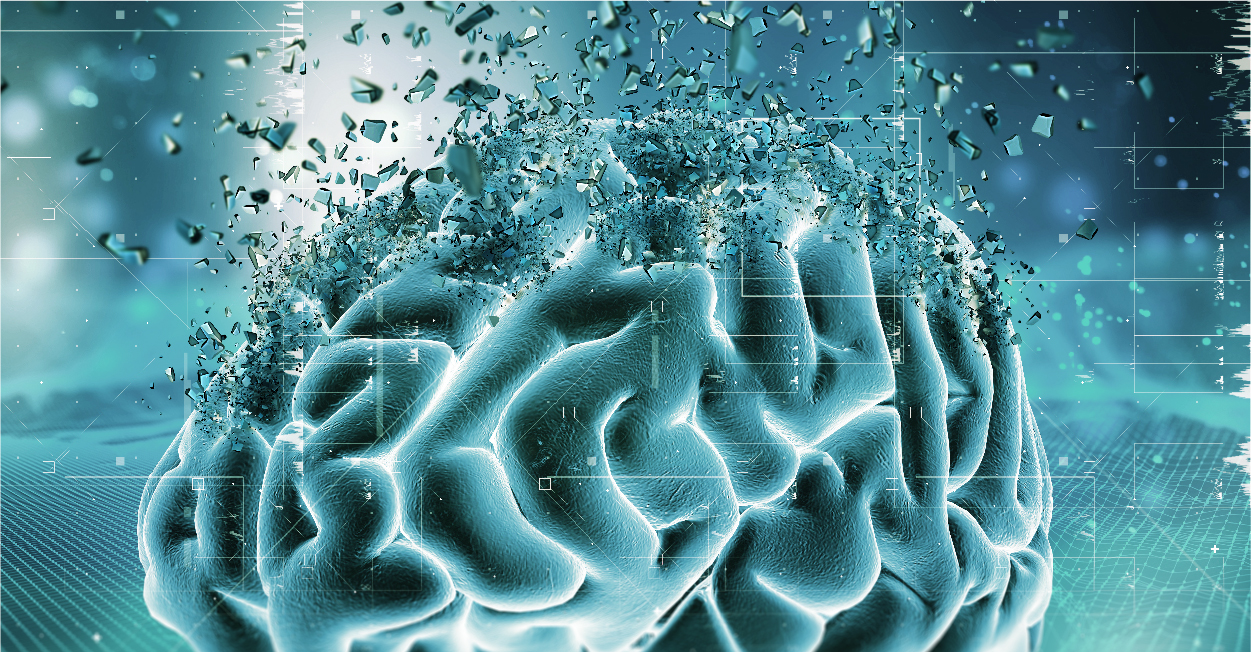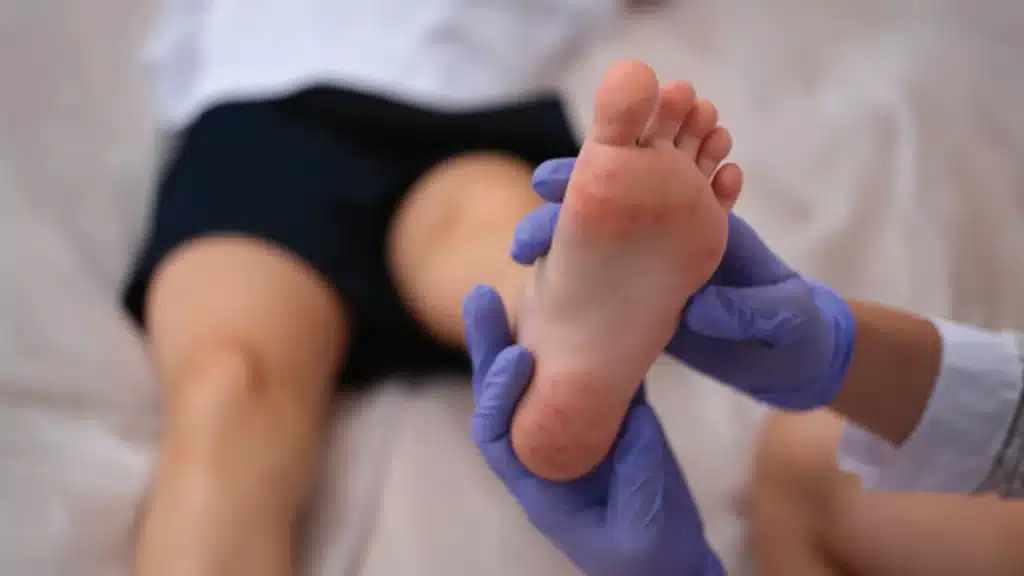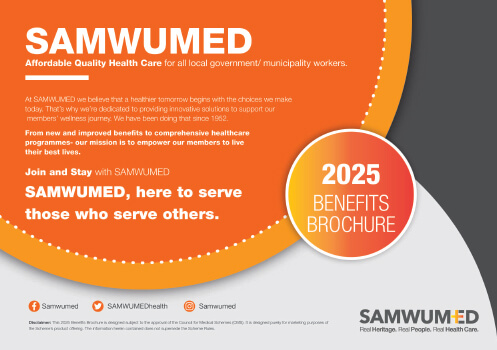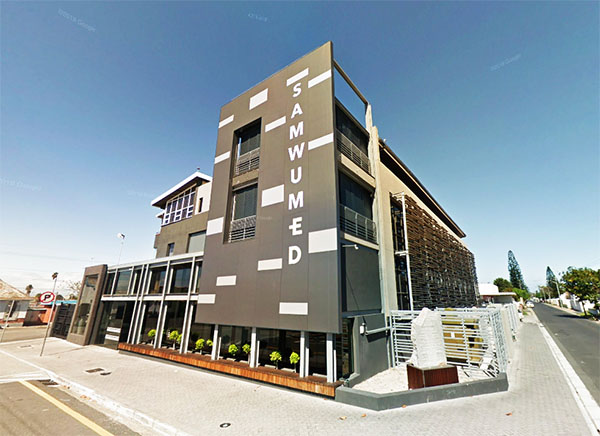Over 4 million South Africans have Bipolar Disorder in South Africa. This is according to the South African Depression and Anxiety Group (SADAG). Bipolar is a disorder associated with episodes of extreme mood swings ranging from depressive lows to manic or extreme highs.
Manic highs may include symptoms such as overly high energy and positivity, whilst depressive episodes may include symptoms such as low energy, low motivation and loss of interest in daily activities. Mood episodes last days to months at a time and may also be associated with suicidal thoughts.
The diseases, which the World Health Organisation (WHO) estimates to be affecting over 40 million people globally, is categorised as chronic because it can last for years or a lifetime.
Bipolar disorder begins in adolescence or early adulthood and continues throughout life, adds SADAG. Although the condition can’t be cured, it can be treated, enabling sufferers to live an improved quality of life. Treatment involves a combination of medications and psychotherapy.
SAMWUMED covers Bipolar under its Chronic Illnesses cover. To activate the benefit, members have to register. Treating doctors need to call the SAMWUMED Managed Care Provider, Medscheme on: 0860 33 33 87 to register patients.
CAUSES OF BIPOLAR DISORDER
The exact cause of the condition is not known. But it is believed to be as caused by a combination of biochemical, genetic and psychological factors.
SADAG points out the following in relation to the disorder:
- That the disorder is associated with a chemical imbalance in the brain, which can be corrected with appropriate medication.
- That the disorder tends to run in families, meaning that it is hereditary.
- That it is often cyclical or occurs at particular times of the year. For instance, changes in seasons can often associated with triggers.
- That people with the condition may have a faulty “switch-off” point. Emotional excitement that escalates into mania and setbacks may worsen into profound depression.
- Stressful life events including a job loss, marital difficulties, or a death in the family may trigger an episode of mania or depression. At other times, episodes occur for no apparent reason.
TYPES OF BIPOLAR DISORDER
There are four types of Bipolar states the US National Institute of Mental Health.
- Bipolar I Disorder — defined by manic episodes that last at least 7 days, or by manic symptoms that are so severe that the person needs immediate hospital care.
- Bipolar II Disorder —defined by a pattern of depressive episodes and hypomanic episodes, but not the full-blown manic episodes described above.
- Cyclothymic Disorder (also called cyclothymia) —defined by numerous periods of hypomanic symptoms as well numerous periods of depressive symptoms lasting for at least 2 years or 1 year in children and adolescents.
- Other Specified and Unspecified Bipolar and Related Disorders —defined by bipolar disorder symptoms that do not match the three categories listed above.
SIGNS AND SYMPTOMS
| People having a manic episode may: | People with depressive episode may: |
|
· Feel very “up,” “high,” or elated · Have a lot of energy · Have increased activity levels · Feel “jumpy” or “wired” · Have trouble sleeping · Become more active than usual · Talk really fast about a lot of different things · Be agitated, irritable, or “touchy” · Feel like their thoughts are going very fast · Think they can do a lot of things at once · -Do risky things, like spend a lot of money or have reckless sex |
· Feel very sad, down, empty, or hopeless
· Have very little energy · Have decreased activity levels · Have trouble sleeping, they may sleep too little or too much · Feel like they can’t enjoy anything · Feel worried and empty · Have trouble concentrating · Forget things a lot · Eat too much or too little · Feel tired or “slowed down” · Think about death or suicide |
Source – The US National Institute of Mental Health









